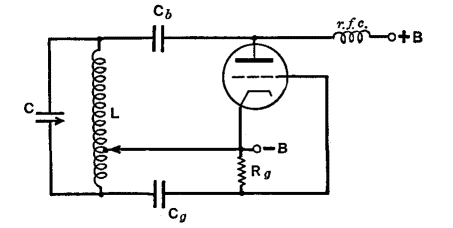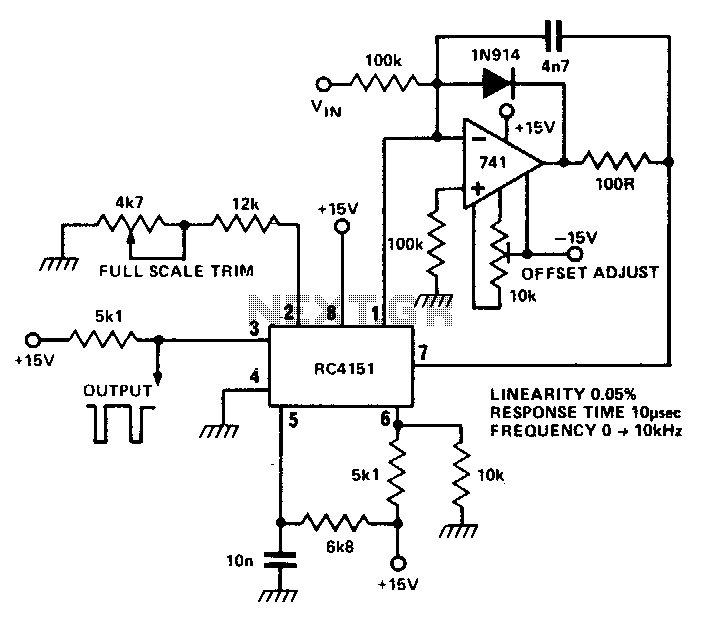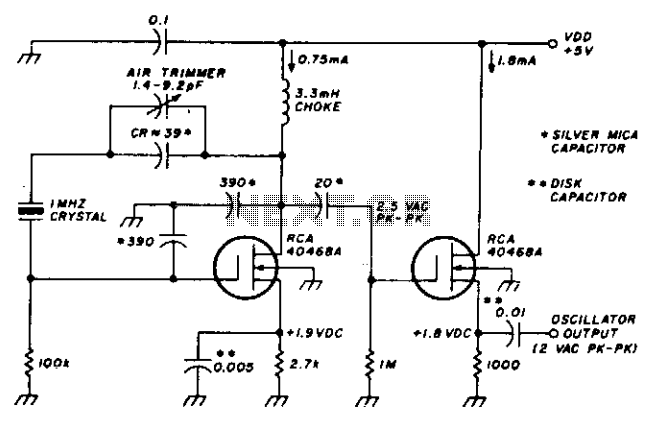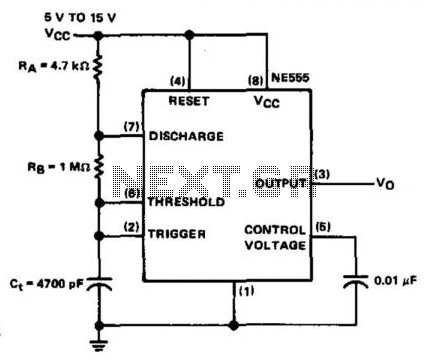
CW Practice oscillator

A circuit diagram for generating continuous wave (CW) Morse code is presented here. This circuit is particularly beneficial for individuals interested in practicing Ham Radio. It consists of an astable multivibrator utilizing the NE555 timer. The oscillation frequency of the circuit is determined by the components R1, R2, and C1. The circuit can be powered by a 9V PP3 battery.
The proposed circuit employs the NE555 timer in an astable configuration to generate a square wave output, which can be used to produce Morse code signals. In this setup, the timer continuously switches between its high and low states, creating a tone that can be modulated to represent Morse code. The frequency of oscillation, which dictates the speed of the Morse code output, is influenced by the resistors R1 and R2, as well as the capacitor C1.
The relationship governing the frequency (f) of the output waveform can be expressed by the formula:
f = 1.44 / ((R1 + 2 * R2) * C1)
Where:
- R1 is the resistance connected from the discharge pin to VCC,
- R2 is the resistance connected from the discharge pin to the threshold pin, and
- C1 is the timing capacitor connected to the threshold pin and ground.
Adjusting R1, R2, or C1 will allow users to modify the frequency of the output signal, thereby enabling the generation of different Morse code speeds.
The circuit requires a 9V PP3 battery for power, which is connected to the VCC pin of the NE555 timer. The output pin of the NE555 timer can be connected to a speaker or a piezo buzzer to produce audible tones. Additionally, a simple switch can be included to enable or disable the output signal, allowing for convenient operation during practice sessions.
Overall, this circuit serves as an effective tool for amateur radio enthusiasts to practice and improve their Morse code skills, providing a hands-on approach to learning and enhancing communication abilities in the amateur radio community.A circuit diagram that can be used for the generation of CW Morse code is shown here. This circuit can be very useful those who would like practice Ham Radio. The circuit is nothing but an astable multivibrator based on NE 555. The frequency of oscillations of the circuit depends on the components R1, R2 & C1. The circuit can be powered from a 9V PP3 b attery. 🔗 External reference
The proposed circuit employs the NE555 timer in an astable configuration to generate a square wave output, which can be used to produce Morse code signals. In this setup, the timer continuously switches between its high and low states, creating a tone that can be modulated to represent Morse code. The frequency of oscillation, which dictates the speed of the Morse code output, is influenced by the resistors R1 and R2, as well as the capacitor C1.
The relationship governing the frequency (f) of the output waveform can be expressed by the formula:
f = 1.44 / ((R1 + 2 * R2) * C1)
Where:
- R1 is the resistance connected from the discharge pin to VCC,
- R2 is the resistance connected from the discharge pin to the threshold pin, and
- C1 is the timing capacitor connected to the threshold pin and ground.
Adjusting R1, R2, or C1 will allow users to modify the frequency of the output signal, thereby enabling the generation of different Morse code speeds.
The circuit requires a 9V PP3 battery for power, which is connected to the VCC pin of the NE555 timer. The output pin of the NE555 timer can be connected to a speaker or a piezo buzzer to produce audible tones. Additionally, a simple switch can be included to enable or disable the output signal, allowing for convenient operation during practice sessions.
Overall, this circuit serves as an effective tool for amateur radio enthusiasts to practice and improve their Morse code skills, providing a hands-on approach to learning and enhancing communication abilities in the amateur radio community.A circuit diagram that can be used for the generation of CW Morse code is shown here. This circuit can be very useful those who would like practice Ham Radio. The circuit is nothing but an astable multivibrator based on NE 555. The frequency of oscillations of the circuit depends on the components R1, R2 & C1. The circuit can be powered from a 9V PP3 b attery. 🔗 External reference





